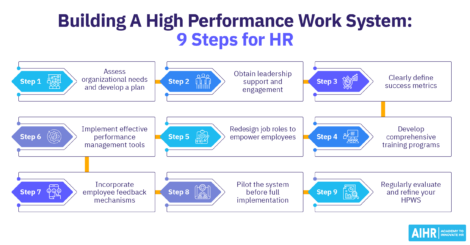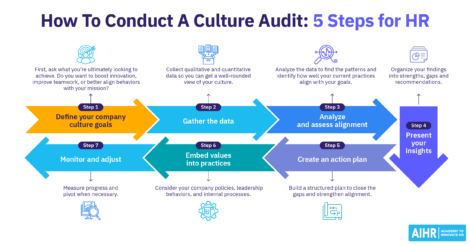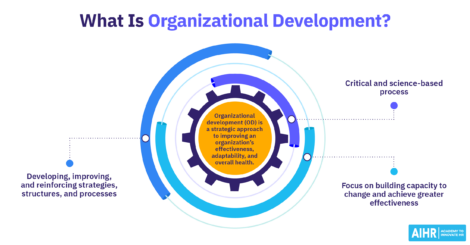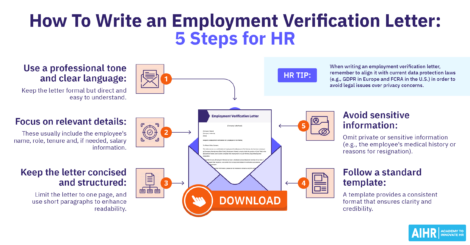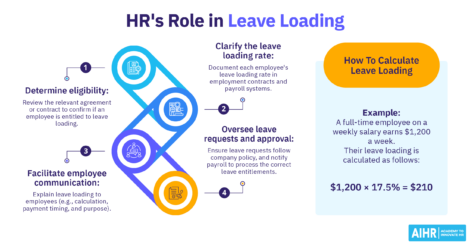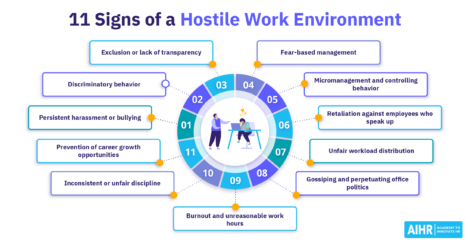12 Types of Organizational Culture You Should Know
“If you get the culture right, most of the other stuff will just take care of itself.” These words from the late CEO of Zappos, Tony Hsieh, describe why leaders need to prioritize organizational culture and approach it as a collaborative effort between everyone in the organization.

As an HR professional, knowing the different types of organizational culture helps you identify, understand, and shape the company culture at your organization as it develops over time.
This article examines twelve types of organizational culture and their main characteristics. We also discuss some consequences of a strategy-culture misalignment and HR’s role in shaping a company’s organizational culture. Let’s dive in!
Contents
What is organizational culture?
Four types of organizational culture
Other types of organizational culture
How to choose the right organizational culture for your business?
The negative impact of culture-strategy misalignment
HR’s role in shaping organizational culture
FAQ
What is organizational culture?
Organizational culture is the consistent, collective way an organization’s employees and leaders behave, think, and work. It is the proverbial glue that keeps the organization together.
A company’s culture often mirrors its core values and directly reflects its leadership. It facilitates the achievement of an organization’s strategic objectives, attracts the right candidates, and retains its current employees.
Organizational culture manifests itself in how a company makes decisions – top-down or bottom-up – and whether or not employees feel confident and comfortable enough to express their independent thoughts and ideas. It materializes through an organization’s benefits plans and how employees are recognized and rewarded for excelling in their roles.
Culture is not static. It continuously evolves through deliberate organizational development interventions, cultural transformation, and organically.
Organizational culture fast facts
Culture is vital to the overall success of the organization. According to Gallup’s Global Organizational Culture Indicator, employees who strongly agree with “I feel connected to my organization’s culture” are:
- 62% less likely to burnout
- 4 times as likely to be engaged
- 43% less likely to look for opportunities elsewhere
- Almost 6 times as likely to recommend their employer as a great place to work.
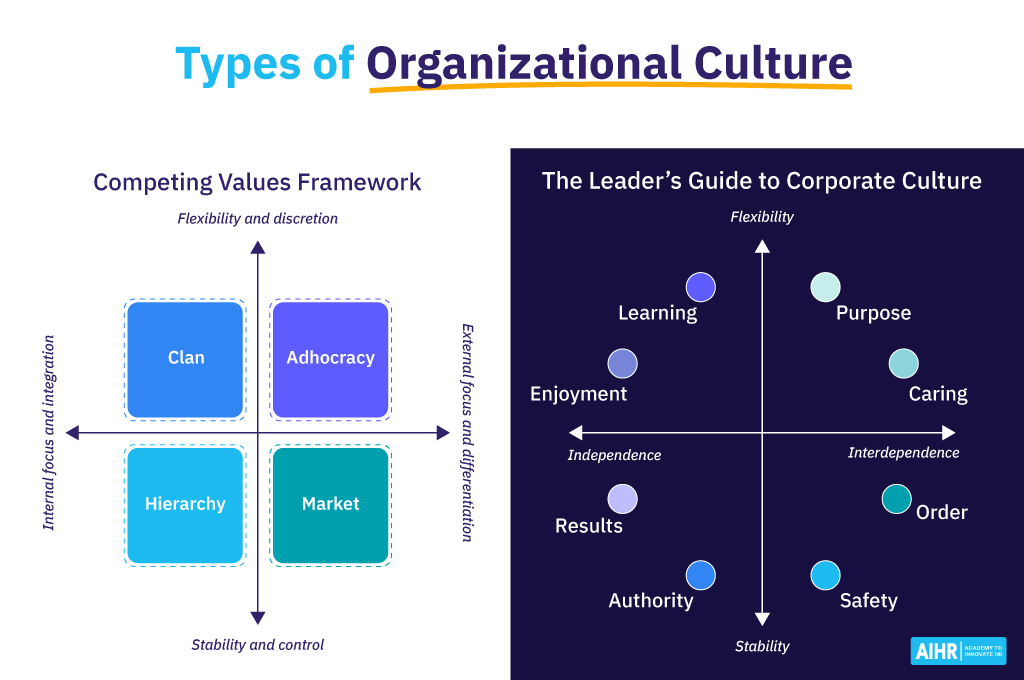
4 types of organizational culture
One of the best-known tools for leaders to classify and transform their workplace culture is the Competing Values Framework (CVF), created by Kim Cameron and Robert Quinn in 1983.
The CVF model identifies two dimensions of competing values:
- Flexibility vs. stability
- Internal focus vs. external focus.
Based on these dimensions, the framework distinguishes four types of organizational culture:
- Adhocracy culture: The dynamic, entrepreneurial Create Culture.
- Clan culture: The people-oriented, friendly Collaborate Culture.
- Hierarchy culture: The process-oriented, structured Control Culture.
- Market culture: The results-oriented, competitive Compete Culture.
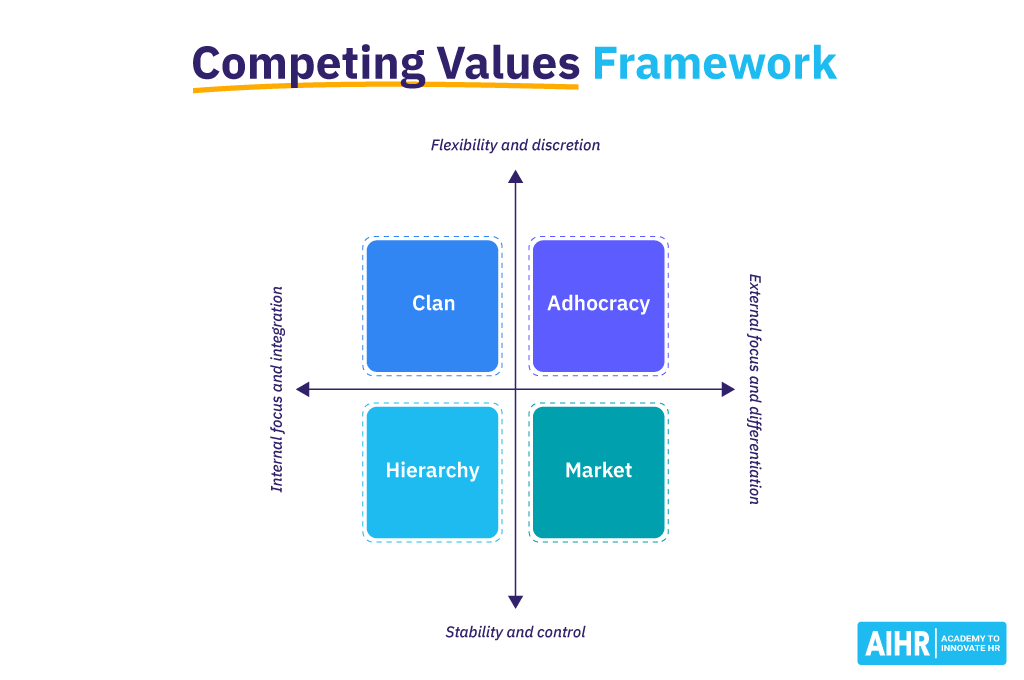
Every organization has its own particular blend of these four organizational culture types, with one culture typically dominating.
The larger the organization, the greater the likelihood it has (elements of) more than one culture. This can be beneficial to the organization, but it can also be disadvantageous or challenging, for example, when trying to create a cohesive culture in a regionally and globally dispersed organization.
Let’s look at each type of organizational culture and how to develop it in more detail.
1. Adhocracy culture
Adhocracy is a combination of the words ‘Ad hoc’ and bureaucracy. Organizations with an adhocracy culture typically are flexible and not inhibited by bureaucratic procedures and policies. Other characteristics include:
- There is an emphasis on constant innovation and improvements
- The pace tends to be extremely fast
- The status quo, even if it is working, will be challenged.
Advantages and drawbacks
- An adhocratic culture works well in start-up environments because it provides them the latitude to be innovative.
- As the company grows, however, some functions or business units will need more structure, and an adhocracy culture will become less feasible.
Developing an adhocracy culture
Depending on the industry and (size of) your company, developing an authentic adhocracy culture might not be easy. As companies grow, they will have some functions or business units that need more structure, and moving slower may actually be better for the organization, for example, in the areas of ethics and compliance. Therefore, the adhocracy culture may be relegated to specific units to ensure the organization remains innovative and competitive.
Some ways to develop and maintain aspects of the adhocracy culture include implementing strategy and brainstorming sessions, allowing employees to share ideas that can help drive performance, and rewarding successful ideas that can encourage teams to think outside the box.
Adhocracy in real life
There are many examples of well-known companies that have (or used to have when they started) an adhocracy culture: Apple, Google, Tesla, Spotify, and Netflix, among others.
Netflix gives employees a lot of autonomy, and the company is known to prioritize the responsibility and freedom of its people. Its massive success is often attributed to the company’s willingness to experiment with new ideas and take (big) risks.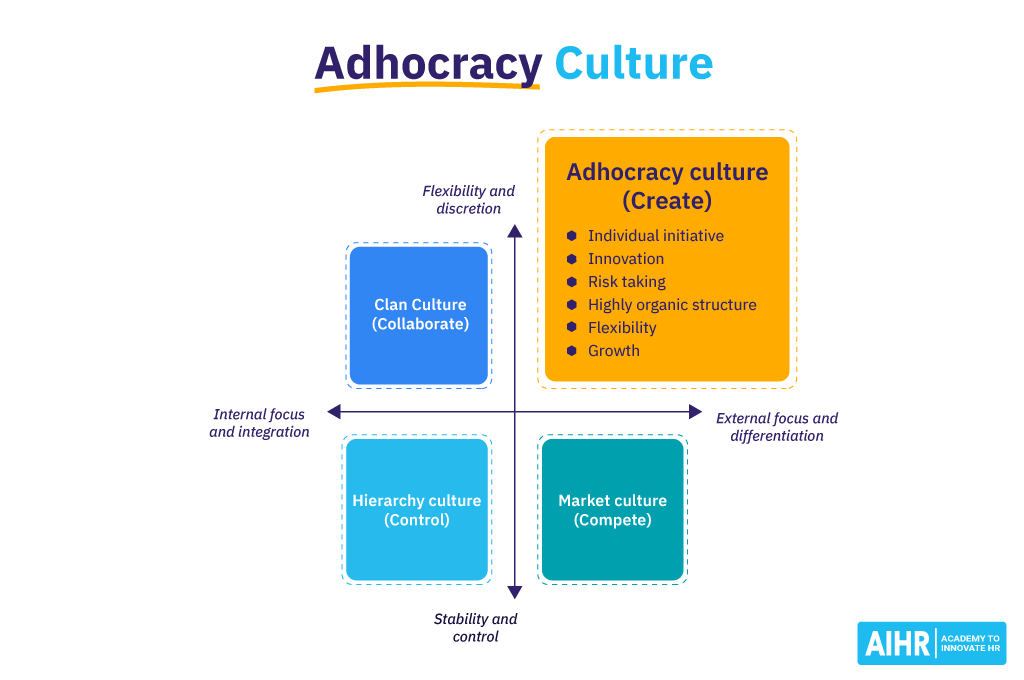
2. Clan culture
The term ‘clan’ refers to a group of close-knit and interrelated families or people with a strong common interest. Clan cultures are common in small or family-owned businesses that are not hierarchical. Characteristics include:
- The culture aims to work collaboratively by ensuring all employees feel like equals
- There typically is a strong emphasis on mentorship and apprenticeship as competencies and values pass from one generation to the next
- There is usually high employee engagement in this culture.
Advantages and drawbacks
- The typically high employee engagement in a clan culture leads to excellent customer service (among other things).
- The downside to this type of culture is that it is difficult to maintain as the organization grows. Operations may lack fluidity and focus as the company becomes bigger.
Developing a clan culture
Turning to your employees is the first step towards cultivating a clan culture within your organization. Let people know that you’re open to feedback and find out what they value and what they’d like to see differently. Step two is to consider their thoughts and take action where possible.
Clan culture in real life
Well-known clan culture examples include the online retailer Zappos and the food company Chobani. Both of these organizations emphasize collaboration, long-term relationships, and employee well-being.
At Zappos, the entire organization was involved in creating the company’s core values. Employees of all levels sent their suggestions for and reactions to the potential core values to the organization’s CEO. Today, the company’s clan culture is still reflected in its core values; core value number seven states, ‘Build a Positive Team and Family Spirit.’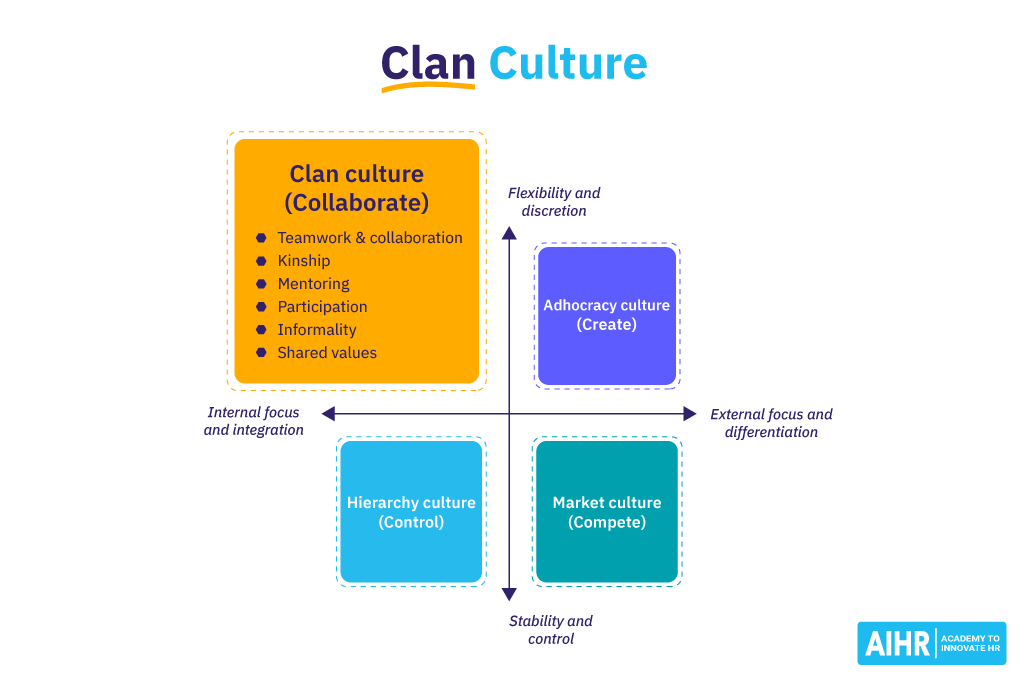
HR tip
“Organizations need two things to get from mission and vision to impact: one is a strategy to drive employees on what to focus on, and the other is an intentionally-designed culture, to guide employees on how to work as individuals and as teams,” says consultant, coach, and culture change facilitator Lisa Schmidt.
“Many organizations are overly focused on the what (results) and pay little attention to the how (values+behaviours). As employees seek greater meaning and purpose from work, companies that place importance on balancing both will not only become magnets to talented jobseekers, they will also build a workforce happy to provide discretionary effort in service of the mission and vision,” adds Schmidt.
3. Hierarchy culture
The hierarchy culture is still a prevalent corporate culture in many countries, including the U.S. It is defined by:
- Structure, established procedures, and levels of authority
- Employees who know where they fit in the chain of command, who’s accountable to them, and who they report to
- Clearly defined duties and streamlined operations.
Advantages and drawbacks
- A hierarchy culture enables companies to manage risk better, be stable, and be operationally efficient.
- The other side is that this culture may hinder organizations from being innovative, agile, and responsive to sudden market and industry changes.
Developing a hierarchy culture
The first step to establishing a hierarchy culture is to button up your processes. If the chain of command has gaps, fill them. Consider every team and department to ensure they have clear long- and short-term goals.
Hierarchy culture in real life
IBM, McDonald’s, and HSBC are often cited as examples of real-world companies with hierarchical cultures.
McDonald’s, for example, has a divisional, top-down hierarchy culture, and rigid roles are implemented throughout the entire organization. Every division has clearly assigned operational responsibilities and strategic objectives, depending on its location.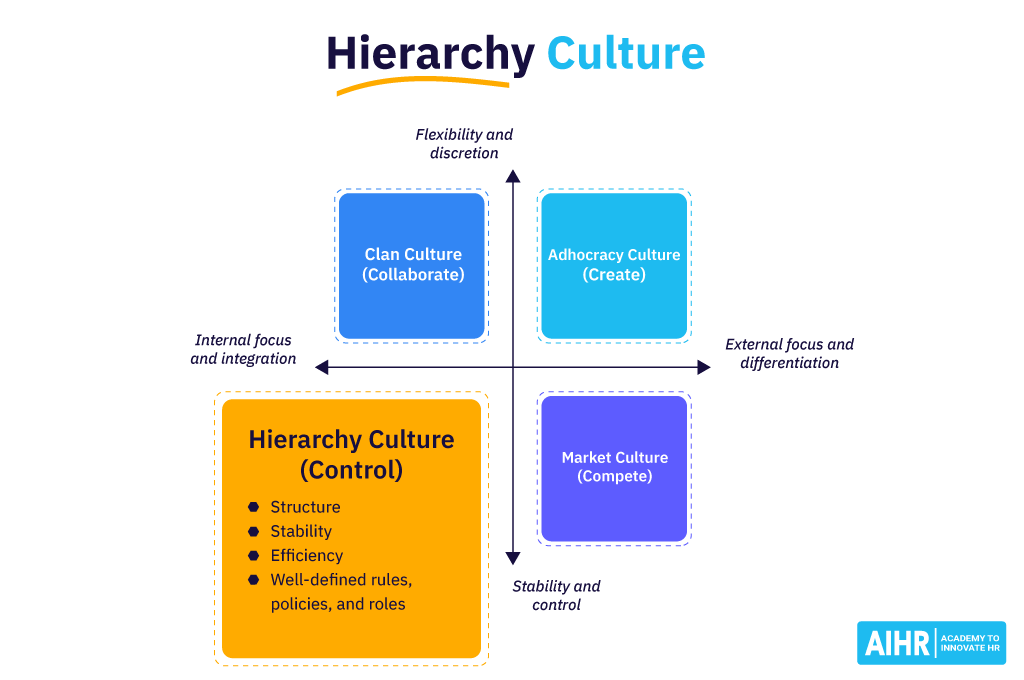
4. Market culture
Market culture is all about profit margins and staying ahead of the competition. Other characteristics include:
- It is results-oriented with a strong external focus to ensure customers are satisfied
- There is a constant demand to be more creative and get new or improved products to the market before the competition
- Typically, there is less emphasis on employee experience and satisfaction.
Advantages and drawbacks
- A market culture can secure the longevity of the business.
- On the downside, this type of culture is prone to burning out employees due to the high expectations and constant demand to produce and perform.
Developing a market culture
A market culture is tied to the company’s bottom line. Therefore, start by evaluating every position within your organization. Calculate the ROI of each role and attribute reasonable production benchmarks. Consider (additional) ways to reward top performers to encourage similar performance.
Market culture in real life
Famous market culture examples include companies like Amazon, Tesla, and General Electric (GE).
At GE, three pillars led to the successful adoption of a market culture: 1) fostering a results-driven mindset, 2) prioritizing customer needs, and 3) embracing innovation. The company also decentralized decision-making, enabling its employees to act quickly and responsibly when needed.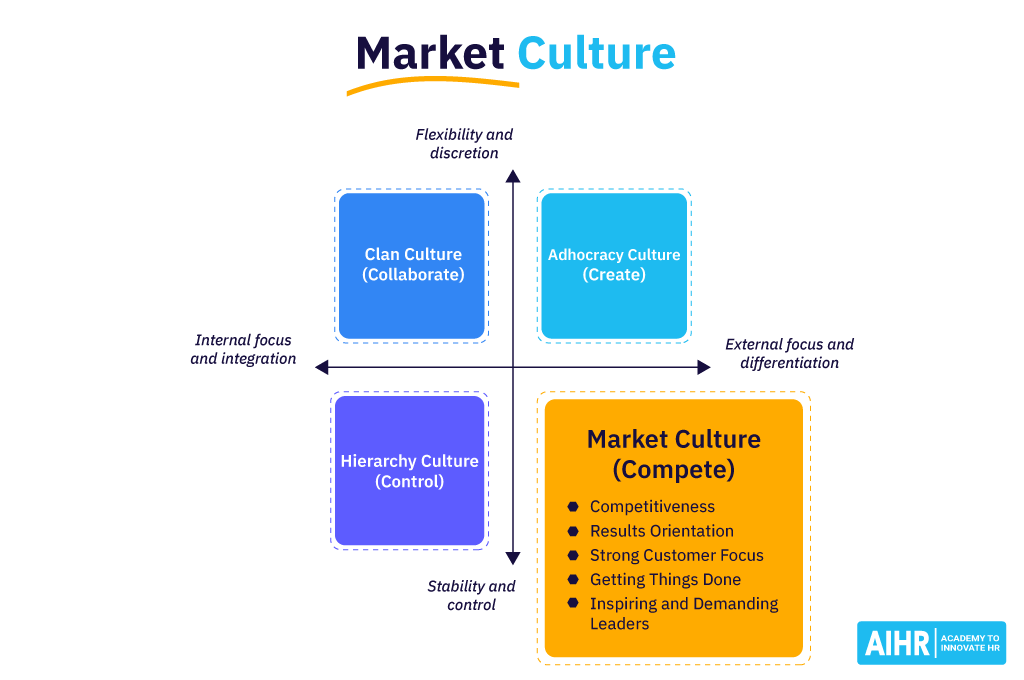
Other types of organizational culture
Every organization is uniquely shaped by its vision, mission, and leadership. Therefore, cultures can be dissected and described more granularly than the four primary types we discussed.
In their research published in Harvard Business Review, Groysberg, Lee, Price, and Cheng identified the following additional organizational culture examples:
- Purpose culture: In companies with a purpose-driven culture, employees share the organization’s (often altruistic) values of improving the world and ensuring global resources are more equally distributed with those who live in the margins. Employees of purpose-driven organizations typically care as much (or more) about the larger mission, shared values, purpose, and impact of their work as they do about their paycheck.
- Learning organizational culture: In organizations with a learning culture, learning (and development) is at the forefront of the company’s values and strategy. It is an environment where leaders encourage people to grow and where employees who spend time on their development are valued and seen as role models.
- Enjoyment organizational culture: In companies with an organizational culture of enjoyment, there is, as the term suggests, a focus on having fun at work. In an enjoyment culture, there is a sense of playfulness and creativity often combined with an emphasize on teamwork and collaboration.
- Results organizational culture: In a results culture, there is a strong emphasis on meeting targets, achieving goals, and high performance overall. In this kind of organizational environment, the focus tends to lie more on the desired outcomes and goals than on how to achieve those.
- Authority organizational culture: Companies with an authority culture typically boast a competitive working environment with strong leaders, a top-down management style, clear objectives and expectations, and employees who strive to be the best in their field.
- Safety organizational culture: A safety culture fosters a work environment focusing on thorough strategic planning and carefully calculated, low-risk decisions. Organizations with a safety culture try to be prepared for the unexpected as much as possible, creating contingency plans for multiple scenarios. As a result, employees typically feel confident and safe.
- Order organizational culture: In organizations with an order culture, everything is in order (pun intended); processes, policies, rules, and even people’s roles are clearly defined. Everyone in the organization knows exactly what their role is in achieving the larger business objectives and supports the company structure.
- Caring organizational culture: In a caring organizational culture, the company prioritizes the total wellbeing of its people. It is an environment characterized by trust, mutual respect, and collaboration that often leads to strong engagement and loyalty among the organization’s employees.
Transform your organization’s culture for success
Understanding different types of organizational culture is key to shaping a thriving workplace. But this knowledge is just the first step—how do you drive meaningful change?
With AIHR’s Organizational Development Certificate Program, you’ll gain the skills to assess, influence, and evolve company culture to support business goals and employee engagement. Learn how to foster a culture that drives performance, innovation, and collaboration!
How to choose the right organizational culture for your business
If you want to choose and build the right organizational culture for your business, follow these three steps:
1. Consider organizational goals and direction
To determine the most appropriate culture (or mix of cultures) for your organization, it’s important to consider the organizational goals, the various working styles of the teams in the company, and the changes the business is going through.
Two critical factors for organizations to succeed in today’s labor market, regardless of their culture, are providing a positive employee experience and being agile.
2. Understand your team’s working styles
As we’ve seen in the previous section, people’s way of working differs depending on the organization’s culture and the subsequent environment they are in. But even within the organization itself, the working styles of teams may (will) vary.
Gathering information about how people and teams work and collaborate first is key to identifying the common denominator.
3. Use OCAI
The Organizational Culture Assessment Instrument (OCAI) is a handy tool for assessing organizational culture. It was developed by Robert Quin and Kim Cameron based on their Competing Values Framework.
You can use the OCAI to help you understand your organization’s current and preferred workplace cultures. Then, you can start forging a path toward your desired workplace culture.
Here’s what the results of your culture assessment could look like: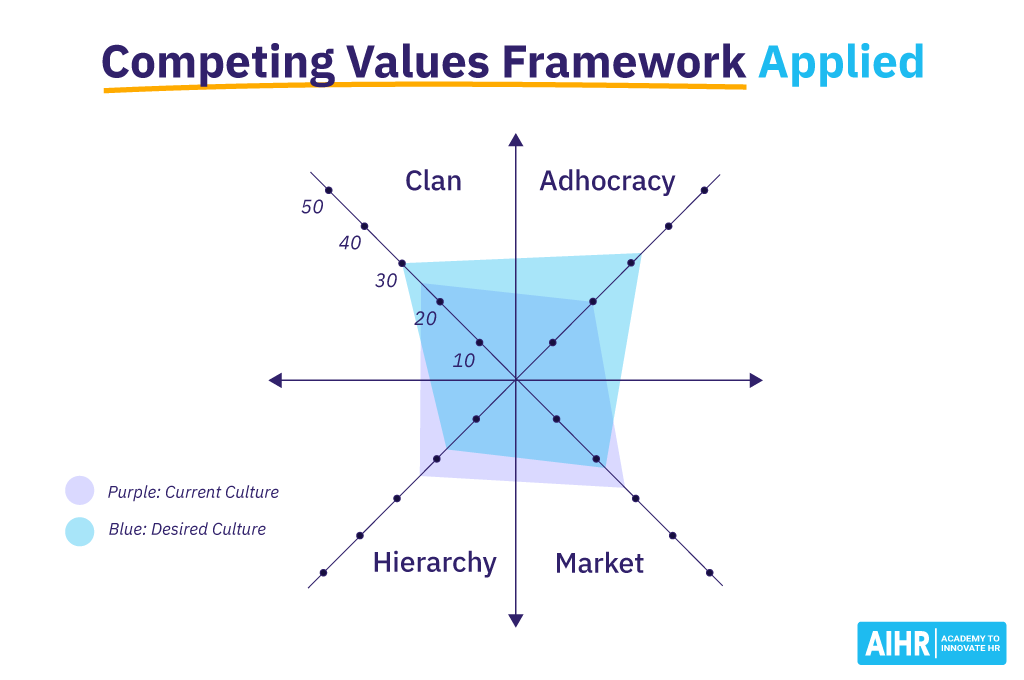
Other culture frameworks you can look into include The McKinsey 7S Framework, The cultural iceberg model, and Hofstede’s model.
The process of changing your organizational culture to realign the culture to the organization’s vision, mission, and core values to achieve its strategic objectives is called cultural transformation.
The negative impact of culture-strategy misalignment
Just like an excellent alignment of culture and strategy helps an organization reach its objectives, attract great candidates, and retain its current employees, a misalignment creates issues.
Potentially undesired consequences may include:
- Low engagement: A misalignment between what kind of behavior leaders say the company values and rewards and what type of behavior it actually rewards can lead to confusion, frustration, and, eventually, a drop in employee engagement.
- Underperformance: In line with the previous point, when people aren’t clear on the organization’s objectives and how they should contribute, their performance is likely to drop.
- High turnover: As a result of the above, employees will become more inclined to look for opportunities in organizations that strongly align their strategy and culture.
HR’s role in shaping organizational culture
HR teams are well-placed to align managers and employees with the organization’s (aspired) culture. As key influencers, they can help shape organizational culture by:
Ensuring the culture is reflected in the employee life cycle
HR is responsible for ensuring that its organization’s culture manifests itself through every aspect of the employee life cycle, from recruitment and onboarding to performance management and even offboarding. For example, if collaboration is a core value, HR can prioritize team-based interview panels, incorporate cross-functional projects into onboarding, and use peer feedback in performance reviews.
Jennifer Patterson, a Strategic HR Consultant at Patterson Consulting Group, notes the importance of managing the full employee life cycle to organizational culture.
Collecting and providing feedback
It’s important that HR actively listens to the company’s employees and provides feedback to the organization’s leadership about how employees perceive organizational culture. That way, the company can maintain a culture conducive to productivity, engagement, and performance. Employee pulse and engagement surveys, focus groups, and one-on-one interviews are all valuable ways HR can stay in touch with employee sentiments.
According to the culture change facilitator Lisa Schmidt, it’s vital that HR acts on the feedback. “Too often, feedback is requested from employees, and instead of seeing this as a clear path to improvement, leaders parse the data trying to figure out which employee said what in the verbatim comments, and the feedback results in nominal — if any — responsive actions to address identified gaps,” Schmidt notes.
“In my view, direct and clear feedback from employees to management is a gift as it points at what should be looked at and acted on.”
Being change champions
Change has become the new normal in most, if not all, organizations. While this can be uncomfortable, and employees often resist it, it is (partially) the role of HR to champion these changes. A key element of, for example, a successful organizational culture change is effective communication. People need to understand why and how the culture changes and how it will impact them and the business.
“Communication of change is the biggest challenge during organizational culture transformation. Tenured employees and new employees need to understand what is the organization’s culture, why it is changing, and how this will impact employees and the business,” explains Jodi Brandstetter, CEO & Lead Facilitator of By Design Brainery, an online learning platform for HR and Talent professionals.
Embracing DEIB
There are different opinions regarding where diversity, equity, inclusion, and belonging (DEIB) should be located within the organization’s structure—as part of the HR department or as a standalone unit. Regardless of its place, though, HR has a role in ensuring companies attract diverse candidates and use inclusive hiring practices. As gatekeepers, HR allows in and out of the organization and impacts its culture.
Developing and applying policies
HR develops policies that support employment laws and reflect and shape the organization’s culture. The HR department oversees a consistent application of these policies to ensure a culture of equity and inclusion. This helps to provide a sense of predictability, stability, and safety to the company’s employees.
Over to you
Organizational culture significantly impacts how a company approaches work and business, its brand, and its ability to achieve its organizational goals.
Knowledge about the different types of workplace culture can help HR professionals understand which types of work culture are currently prevalent in their organization, which kind their organization aspires to have, and what they need to change to achieve that goal.
FAQ
According to Cameron and Quinn’s Competing Values Framework (CVF), there are four primary types of organizational culture: adhocracy culture, clan culture, hierarchy culture, and market culture.
Knowing your organizational culture facilitates many things. It helps attract the right candidates, makes it easier for the organization to reach its strategic goals and objectives, and shapes the company’s way of working and communicating.
Improving organizational culture starts with identifying if and where there is an issue with the current culture. This typically begins with actively listening to and asking for employee feedback through (pulse) surveys, one-on-one interviews, employee focus groups, and stay and exit interviews.
Learn more
Related articles
Are you ready for the future of HR?
Learn modern and relevant HR skills, online








